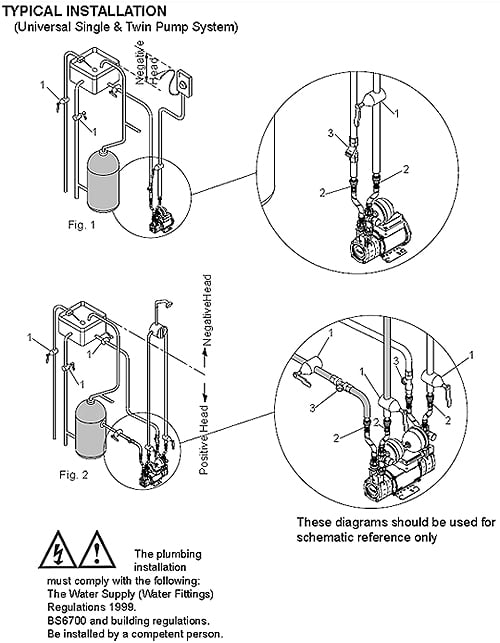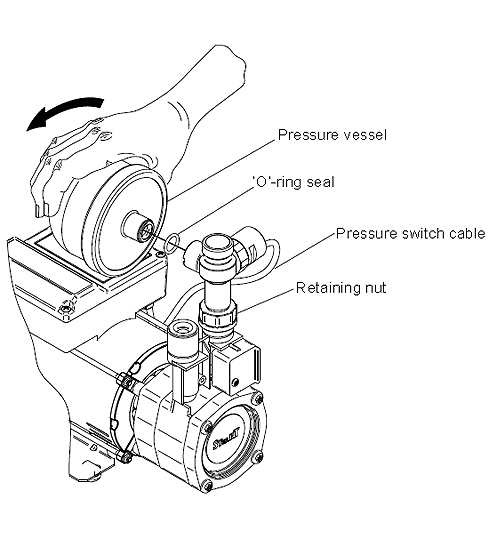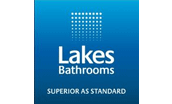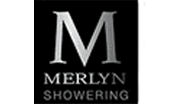The installation of a shower pump is a handy way to accomplish a more comfortable flow and a better pressure of water, at the time of taking a shower. Shower pumps work better when there is a stored water tank of water as opposed to taking the flow directly from the water main. When one installs a water pump, problem that one may have with the water turning to stop or getting low volume of water are alleviated.

When one wants a shower, he or she expects a powerful and invigorating shower. One needs to have a proper water flow to get powerful invigorating shower. However, there are few showers available in the market, which have a built-in-pump and is known as Power Showers.
Shower Pumps and Power showers have one thing in common, their built in pump fetches water in a force and give users a powerful shower with the right volume and speed, particularly if one lives in an area where the other taps being use in the house can cause your water pressure to decrease dramatically.

To install a shower pump One requires:
- Thermostat
- Isolation valve
- Flanges
- Pipes
- Shower pump
Installation of the Shower Pump
- The right position for the pump will be close to the water tanks. It should be as low as you can get it and should be in a place which is adequately ventilated. It should ideally be positioned on concrete in order to lower the volume of the pump noise.
- Place the pump horizontally on the concrete or other surface.
- Position the pipe outlets in a vertical manner.
- Connect the pipe to the tank for cold water prior to connection of the power. Ascertain that the supply tank will have enough water to permit an adequate flow rate for the pump. Usually this will require 15 millimeter pipes. Connect another pipe to the hot water tank using the flange. The flange will keep your pipes from taking on air. You must also connect a thermostat to the pump so that you can assure your water does not get too hot.
- Add an isolation valve to the pipe and connect it to the shower. It should not be screwed on too tightly.
- Connection the power from your pump to a power outlet that has a switch. You will probably want the power outlet to be connected to at least a 5 amp service. Be certain that you have a three prong grounded plug to which it can be grounded.
Special Commentary:
One should not connect the power until piping has been completely taken care of. In many towns and councils there are specific laws or regulations about who may connect shower pumps or who may do any kind of electrical work or which pumps you are permitted to use. Some towns have the maximum amount for water capacity rules about shower pumps. Be sure that you determine that you meet all the plumbing codes when you install a shower pump. Always wear the proper safety gear any time that you are working with power or household utilities.






























